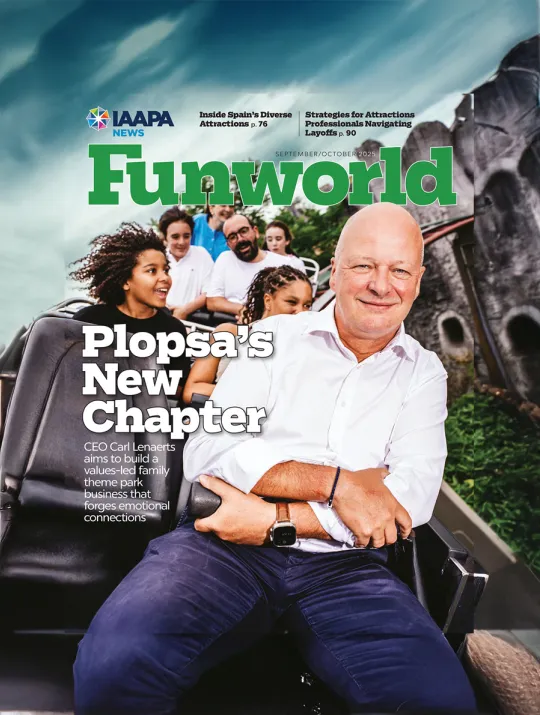Tour button
The Great Age Animation Technology Co., Ltd
About The Great Age Animation Technology Co., Ltd
Founded in 2012, Zhongshan Big Times Animation Technology Co., Ltd. specializes in children's amusement equipment and park decoration. Committed to creating customized, all-around park solutions, the company focuses on fostering growth and inspiring children's imagination. With a reputation for professional service and affordable pricing, Big Times has established strong partnerships with top brands like Wanda Group, Aofei Entertainment, and Yongsheng Animation. Notably, in 2017, projects like Undersea Small Column and Baby King Paradise were featured in over 40 Wanda Plazas nationwide. Our vision is to set the standard for innovative children's playgrounds.





 The Official Magazine of IAAPA
The Official Magazine of IAAPA